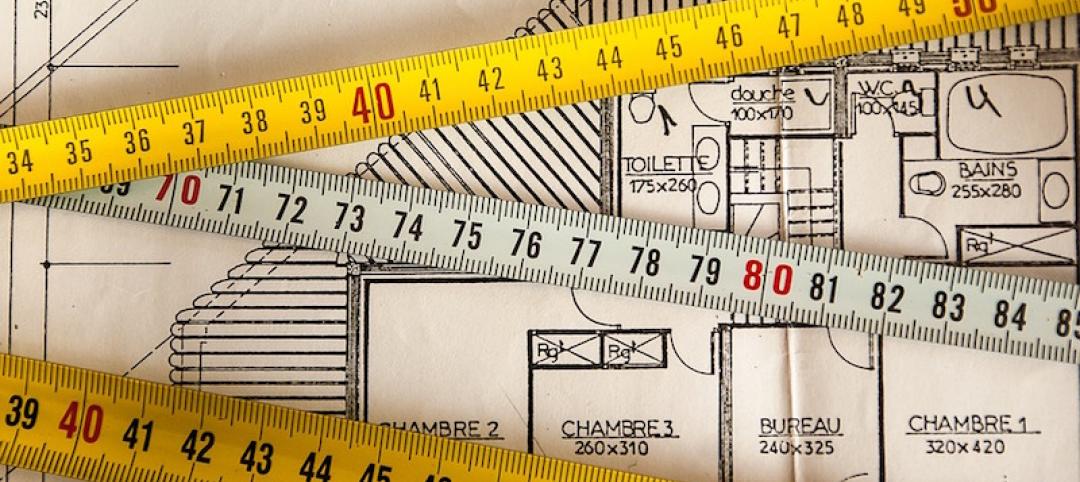A research team at the University of Toronto at Scarborough worked with several European designers to see what sort of spaces pleases our brains more.
Fast Company reports that the team, led by psychologist Oshin Vartanian, found that people are “far more likely to call a room beautiful when its design is round instead of linear.”
Hence, when Philip Johnson first visited the Guggenheim Museum in Bilbao, designed by the curve-master Frank Gehry, the tears he reportedly shed were caused by the building’s design tapping into some primordial human emotional network.
To conduct the study, the team slid people into a brain imaging machine and showed them pictures of rooms and buildings. They found that oblong couches, oval rugs, and looping floor patterns were universally seen as beautiful by all men and women who participated.
One of the many conclusions Vartanian and his team found was that human brains associate sharp lines (and sharp objects in general) with a threat, so curves signal a lack of threat, or safety.
Learn more about the research at Fast Company.
Related Stories
Building Team | Mar 6, 2017
AEC firms: Your website is one of the most important things you'll build
Don’t believe it? You’d better take a look at the research.
Architects | Mar 3, 2017
Hoffmann Architects’ Leadership Elected President of Three Industry Organizations
Maureen Dobbins, Lawrence Keenan, and Arthur Sanders to lead chapters of BOMA, AIA, and ICRI.
Office Buildings | Mar 2, 2017
White paper from Perkins Eastman and Three H examines how design can inform employee productivity and wellbeing
This paper is the first in a planned three-part series of studies on the evolution of diverse office environments and how the contemporary activity-based workplace (ABW) can be uniquely tailored to support a range of employee personalities, tasks and work modes.
Building Team | Mar 1, 2017
Intuitive wayfinding: An alternate approach to signage
Intuitive wayfinding is much like navigating via waypoints—moving from point to point to point.
Architects | Mar 1, 2017
Rafael Aranda, Carme Pigem and Ramon Vilalta receive the 2017 Pritzker Architecture Prize
2017 marks the first time that three architects together are honored with the prize.
Architects | Feb 27, 2017
AIA selects four individuals to receive the 2017 Associates Award
The AIA Associates Award is given to individual Associate AIA members to recognize outstanding leaders and creative thinkers for significant contributions to their communities and the architecture profession.
Architects | Feb 24, 2017
14 architects selected to receive the 2017 Young Architects Award
Young Architects are defined as professionals who have been licensed 10 years or fewer regardless of their age.
Architects | Feb 20, 2017
Take an architecture class taught by Frank Gehry
The starchitect will be teaching a course for MasterClass, an online education platform.
Architects | Feb 16, 2017
16 design trends from Gensler’s 2017 Design Forecast
Gensler examines how design will shape the human experience in the next year and beyond.
Architects | Feb 14, 2017
NCARB streamlines path to certification for architects
Architects without a degree from an accredited program can pursue NCARB certification through a new path.















